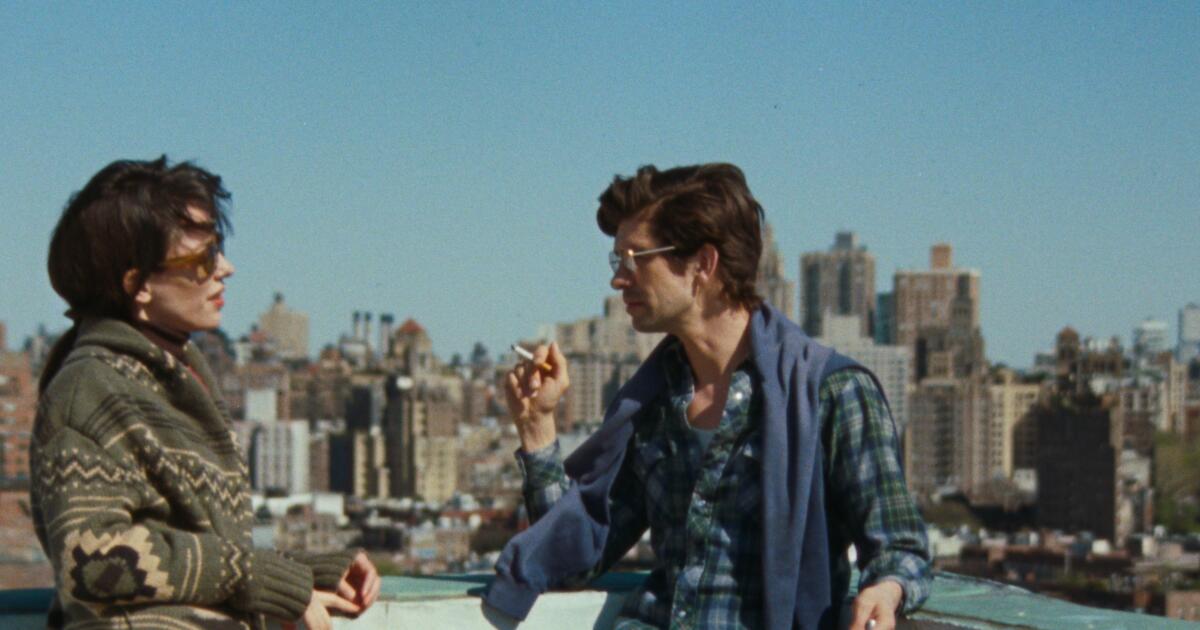 1
1
Think of your days as a blank canvas – how you spend them determines the picture you create, whether it’s filled to the brim, relaxed and open, or a mix of both. Back in the 1970s New York art world, which was fascinated by young, edgy street culture, writer Linda Rosenkrantz asked her friend, photographer Peter Hujar, to document one day of his life – December 18, 1974 – and then share the details with her the next day over her tape recorder.
The project began as an idea for a book capturing everyday life through the eyes of the author’s close, creative friends. In the case of photographer Peter Hujar – a keen observer, a prominent figure in the gay rights movement, and working on his own first book – the result was a humorous account of his daily experiences. This included phone conversations with Susan Sontag, the struggles of finding freelance work, interactions with famous people (like a photoshoot of Allen Ginsberg for the New York Times), and random encounters (such as someone he met while waiting for food). The transcript of these conversations, found in 2019 without the original tapes, was eventually published as “Peter Hujar’s Day.”
Director Ira Sachs discovered this writing while making his film “Passages” and beautifully adapted it into a cinematic performance. Ben Whishaw, who starred in “Passages,” plays Hujar with nuance, and Rebecca Hall provides a compelling presence as Rosenkrantz. The film occasionally steps onto a rooftop, offering glimpses of New York City, which feels like another character in this intimate, time-capsule-like portrait.

Movies
The play “Peter Hujar’s Day” features Ben Whishaw and Rebecca Hall as performers, with a design team creating the feel of New York City in 1974 around them.
“Peter Hujar’s Day” is a beautifully simple film that captures the essence of everyday life and the comfort we find in connection with others. It follows Hujar through a typical day – from morning tea to evening companionship – and subtly reveals how each moment is shaped by our past and our hopes for the future. Knowing that Hujar would tragically pass away just thirteen years later due to complications from AIDS adds a poignant layer to the film, highlighting the profound loss of his artistic vision, guidance, and friendship within the art community.
Sachs doesn’t fully illuminate Hujar’s life or the significance of the people he mentions. He also deliberately reminds us we’re watching a film, with brief shots of the filmmaking process – like a clapperboard or crew members – and the sound of film reels changing. Jump cuts and close-ups of the actors, resembling screen tests, further emphasize Hujar’s skill as a portrait artist. These touches are lighthearted but purposeful, hinting at how art and film manipulate time and create their own worlds.
The apartment’s clean, simple design perfectly complements the grainy, artistic look of Alex Ashe’s film work. The changing light throughout the day creates a subtle but powerful emotional journey, mirroring the intimacy of the scenes and the quiet details that reveal the characters’ humor, intensity, and thoughtfulness. While Andrew Whishaw gives a strong performance, co-star Stephen Hall is equally important, offering a warm and engaging presence through his attentive listening and playful interactions. The film beautifully captures the joy of friendship and the special connection that comes from truly knowing and appreciating the small things about those you love.
Read More
- Mobile Legends: Bang Bang (MLBB) Sora Guide: Best Build, Emblem and Gameplay Tips
- Brawl Stars December 2025 Brawl Talk: Two New Brawlers, Buffie, Vault, New Skins, Game Modes, and more
- Clash Royale Best Boss Bandit Champion decks
- Best Hero Card Decks in Clash Royale
- Best Arena 9 Decks in Clast Royale
- Call of Duty Mobile: DMZ Recon Guide: Overview, How to Play, Progression, and more
- Clash Royale December 2025: Events, Challenges, Tournaments, and Rewards
- Clash Royale Best Arena 14 Decks
- Clash Royale Witch Evolution best decks guide
- All Brawl Stars Brawliday Rewards For 2025
2025-11-07 04:01